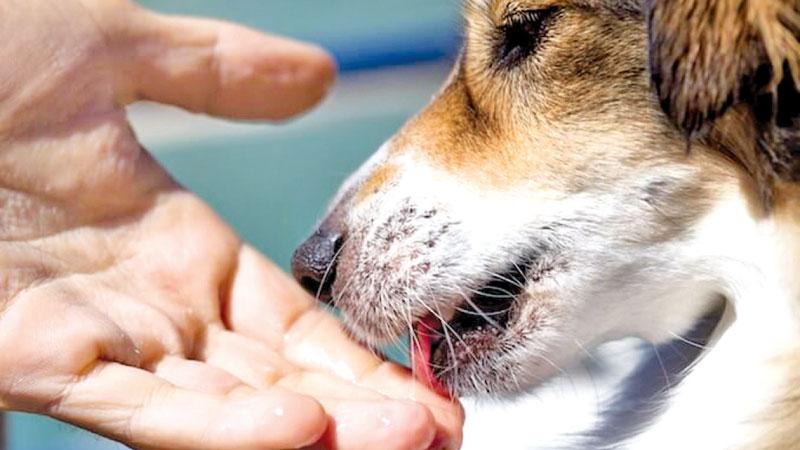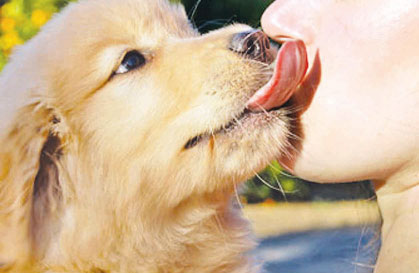
Defining why dogs lick everything that comes near them furniture, carpets and other surfaces, is very difficult. It probably is a behavioral problem that should be approached properly.
However, observing your dog’s behavior will provide you with enough information that your vet will easily understand. But now, let’s find out what are the most common reasons why dogs lick!
Dogs lick their wounds by nature. However, this can cause secondary damage in the form of additional inflammation, which can lead to infection.
Exposure to fleas causes itchiness that leads to licking and chewing. If your pet is licking over their tail base (where the tail joins the body), especially to the point of hair thinning or hair loss, they are likely to be allergic to fleas.
Allergic pets will lick due to itchiness. Paws, armpit areas, flanks, and groin are the major areas of licking in this case. Often these are seasonal in nature. Seek medical attention for undue licking, especially if the skin is red or irritated.. Excessive licking of the feet could also indicate a medical condition like allergies or gastrointestinal illness, certain medical or behavioral issues. For instance, your dog could be licking his paws because he’s feeling pain or has an allergy or an irritation. Excessive grooming can also be a sign of boredom.
Licking is a dog’s way of kissing. People tend to react positively to licking, so licking can be a learned behavior for dogs, as they see that when they lick their owner, they get more attention. The salty taste of human skin may also incline dogs into licking us!
Licking their paws clean after a walk in the rain is normal behavior for dogs. However, harmful bacterial infections, can be transmitted by ingesting standing water. One way to deter this problem is to gently wipe your dog’s paws with pet safe grooming wipes after a walk outside.
Just like people, each dog has its own personality. They express their wants and needs in different ways, and the more time you spend with your dog, the more you’ll get to know him.
When your dog showers you with joyful licks after a long day apart, it really does mean he’s happy to see you! Affectionate licking starts at birth. Mother dogs lick their pups to clean them up after feeding and stimulate them to urinate and defecate. From their earliest moments on Earth, dogs learn that licking is an act of love and caregiving.
Licking, like many other behaviour traits, can indicate various different things from attention seeking, to simply cleaning themselves.
Licking is also a sensory tool, so if your dog is licking random objects or areas of your home, they’re probably just exploring. It’s easier to get a feel for their surroundings if they can taste everything. But licking objects like your rug or furniture can also be indicative of anxiety or boredom. Licking furniture or the floor can be typical dog behavior, especially if they find tasty crumbs, smells, or food residue. However, if your dog licks these areas for long periods of time, and is hard to interrupt, their normal licking behavior may have changed into an obsessive behavior pattern.
Understanding one another helps strengthen the bond between you and your canine companion. You learn to recognize what triggers specific behaviors and develops a safer, more effective strategy for overcoming them.
Whether they are licking you, your furniture, the floors, themselves, or just flapping their tongues, there is usually a medical or behavioral explanation.
Dog licking has many root causes. As an owner, you will have the best sense of whether your pet’s licking is normal. If you have concerns, watch your dog’s signs and body language to figure out what they’re trying to tell you. And if the licking seems strange or worrisome, seek professional help from a veterinarian.
It is impossible to know for certain why your dog licks you. We are not mind readers, and dogs can’t talk. However, we now have some pretty good idea of how this behavior has developed and why it continues.
